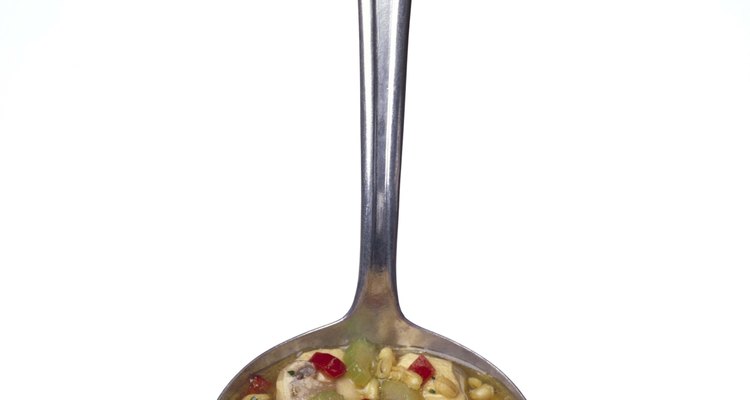
Pearl barley is a form of grain in which the tough outer hull is removed before it is consumed. Although not a whole grain, pearl barley is rich in complex carbohydrates, vitamin C, fiber and protein, and virtually free of sodium, cholesterol and fat. Pearl barley is the most common form of barley, and typically is found next to dry beans and rice in supermarkets. Pearl barley is easy to cook on the stove, and is used in soups, stews, pilaf and a variety of hot dishes. Chill the barley for use in mixed vegetable salads.
Bring water, chicken broth or vegetable broth to a boil in a large saucepan. Add the pearl barley. If water is used, add a dash of salt.
Allow the water to return to a boil, then reduce the heat so the water simmers. Cover the saucepan and cook the pearl barley until the water is absorbed and the barley is tender -- about 45 minutes.
Fluff the barley with a fork, then transfer it to a serving bowl. Serve the barley hot, or use the barley as directed in recipes. Cool the barley thoroughly before adding it to cold salads.
Related Articles

How to Make Large-Pearl Tapioca
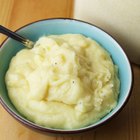
How to Make Cornmeal Polenta
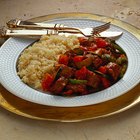
How to Cook Couscous With Chicken Broth
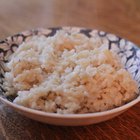
How to Cook Brown Basmati Rice
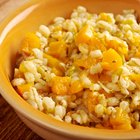
How to Cook Soaked Hulled Barley
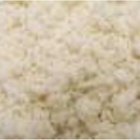
How to Boil Rice
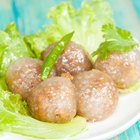
How to Cook Tapioca Balls

Directions on How to Cook Soba Noodles

How Long Do I Cook Vermicelli?
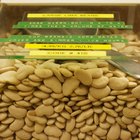
How to: Crock-Pot Lima Bean Soup

How to Cook Quick Beef Fried Rice
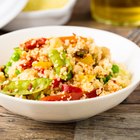
How to Cook Khus Khus

How to Make Sago at Home

How to Cook Ruby Red Jasmine Rice
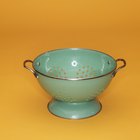
How to Soak Amaranth
How to Cook Pressed Barley Like Rice

The Best Way to Cook Tapioca
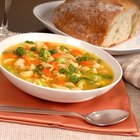
How to Make Chicken Vegetable Soup
Quick and Easy Fried Rice Recipe

How to Cook Bulgar Wheat in the ...
References
Tips
- Cook a large batch of pearl barley, then store the extra in a refrigerator for up to one week. Alternatively, freeze the cooked barley in an airtight container.
Writer Bio
M.H. Dyer began her writing career as a staff writer at a community newspaper and is now a full-time commercial writer. She writes about a variety of topics, with a focus on sustainable, pesticide- and herbicide-free gardening. She is an Oregon State University Master Gardener and Master Naturalist and holds a Master of Fine Arts in creative nonfiction writing.
Photo Credits
Jupiterimages/Comstock/Getty Images